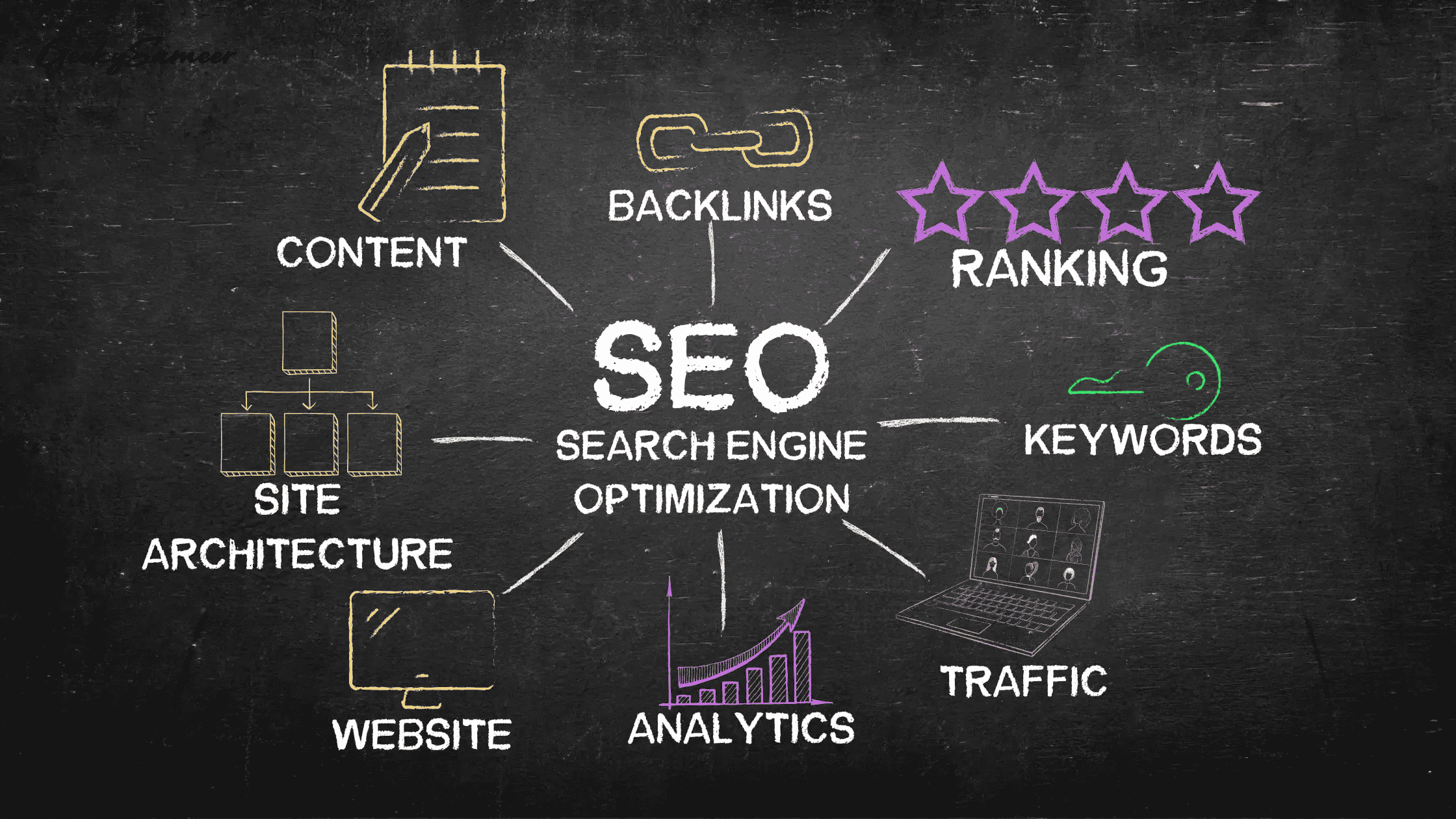20 Tips to Keep Your Website Running Smoothly
A website serves as the virtual storefront for many businesses and individuals. Just as you wouldn't want visitors to walk into a cluttered store with flickering lights, you wouldn't want them to experience a slow-loading, glitchy website. Ensuring your website is running smoothly is not just about aesthetics; it's about user experience, trust, and even search engine rankings.
To develop visually appealing custom web solutions, you need to contact web development companies that are prominent in developing web applications as per your requirements.
However, there are a number of software development companies that provide maintenance, upgrade, migration, and modernization services. Get in touch with a software development company to learn how they can help you run your web solution without any hassle.
But if you'd like to manage things yourself or just want more information when talking to a web development company, here are 20 key tips to ensure your website runs smoothly:
1. Regularly Update Your Content
Consistent content updates serve multiple purposes. They keep your audience engaged, ensuring they have reasons to revisit. Moreover, search engines favor active sites, so regular updates can improve your SEO ranking.
This doesn't mean changing your content daily, but ensuring that what's presented is current, relevant, and valuable. Understanding these factors is crucial when learning how to create a website from scratch.
2. Optimize Images and Media
Images are often the largest files on a web page. While they enhance visual appeal, they can drastically slow down your site if not optimized. Use tools like TinyPNG or ImageOptim to reduce file sizes without compromising quality. Additionally, consider lazy loading techniques, where images load only when they're about to be viewed. Stock image can also be a great alternative to custom photography, saving time and resources while still providing high-quality visuals.

3. Keep Software and Plugins Updated
Every website update usually comes with improvements in performance and security patches. Outdated plugins or software can become vulnerabilities, making your site susceptible to attacks. You will have to hire website protection services to secure your outdated website. Regularly updating them ensures you're protected and benefit from the latest features and optimizations.
Choosing a React Native App Development Company that excels in integrating these frameworks can lead to a more streamlined and efficient development cycle, catering to a wider audience by supporting multiple platforms seamlessly.
4. Choose Reliable Hosting
All web hosts are not created equal. Your hosting provider's reliability directly impacts your website's speed and uptime. Research and choose a Host4Geeks known for excellent performance, customer support, and high uptime guarantees.
5. Monitor Website Uptime
Downtime can be detrimental, leading to lost visitors or sales. Monitoring tools like UptimeRobot or Pingdom provide real-time alerts if your site becomes inaccessible, enabling you to address issues immediately.
Beyond just alerts, tools like UptimeRobot offer detailed logs of downtime events, allowing you to diagnose recurring issues and improve site reliability.
6. Backup Your Website Regularly
Digital disasters can strike unexpectedly. Whether it's a hacker's attack or a server crash, having recent backups means you can quickly restore your site. Automate this process to ensure you never forget. Regularly backing up your website is a crucial aspect of maintaining a robust online presence. Digital disasters, such as hacker attacks or server crashes, can occur without warning and jeopardize your site's data and functionality. By having recent backups, you can swiftly restore your website to its original state, minimizing downtime and data loss. Integrating automated backup solutions into your web design ensures that this critical task is never overlooked, providing peace of mind and safeguarding your digital assets. Effective website design should incorporate backup systems as a fundamental component, reinforcing the stability and reliability of your online platform
7. Implement Caching
Caching is like taking a snapshot of your page and serving it to visitors without generating it anew each time. This reduces server load and speeds up page delivery. Depending on your platform, various caching solutions can be implemented to enhance performance.
8. Optimize Your Database
A cluttered database can slow down your website, especially if you have a lot of content or receive many comments. Regularly cleaning your database, and removing old revisions, spam comments, and transient data can keep it running efficiently. In addition to routine database cleaning, implementing a structured data export strategy enables you to create backups and seamlessly migrate your website, ensuring data integrity.

9. Ensure Mobile Optimization
More than half of global web traffic comes from mobile devices. A website that isn't mobile-optimized can alienate a significant portion of its audience. Use responsive design principles to ensure your site looks and functions well on all device sizes. If you want to know more about how to optimize the website, refer to this blog on website optimization.
10. Review and Remove Broken Links
Nothing frustrates a visitor more than clicking on a link that leads nowhere. Regularly scan your website for broken links and either fix or remove them. This enhances user experience and avoids potential SEO penalties.
11. Minimize HTTP Requests
Every element on your site, from scripts to images, requires an HTTP request. The more requests, the slower the page load. Combine files where possible, use CSS instead of images where you can, and streamline the overall number of page elements.
12. Use a Content Delivery Network (CDN)
CDNs distribute your site's files across a network of global servers. When a user visits, they receive files from the nearest server, reducing delays and speeding up load times. This is especially beneficial for websites with a global audience.
13. Limit the Number of Plugins/Extensions
While plugins add functionality, each one also adds to the potential load time of your site. Regularly audit your plugins. Deactivate and delete those that aren't essential. Remember, quality over quantity.
14. Prioritize Above-the-Fold Content
Users should see the content without waiting for the entire page to load. By prioritizing the loading of above-the-fold content, you enhance perceived performance. Techniques like asynchronous loading of JavaScript can help achieve this. When building modern web applications, considering frameworks like React or Angular can significantly aid in optimizing such performance features. Hiring a React JS developer may fix the need. Moreover, you should also keep the above-the-fold content as engaging as possible. So that users feel attached to it. This can be easily done by employing a rewording tool that quickly rewords the given content in a compelling way without changing its original meaning.
15. Regularly Test Your Website's Speed
Regular speed tests can identify bottlenecks in your website's performance. Tools like Google PageSpeed Insights provide actionable recommendations. Addressing these can lead to noticeable improvements in site speed.

16. Implement SSL Certification
Secure Socket Layer (SSL) certification not only encrypts user data, ensuring their information is safe, but it also boosts your website's credibility. Many search engines now prioritize SSL-certified websites in search results.
17. Regularly Review User Feedback
Users often notice issues that you might overlook. Regularly solicit and review feedback from your visitors. This can provide invaluable insights into areas of your website that might need improvement.
18. Stay Updated with SEO Practices
Search Engine Optimization (SEO) practices evolve over time. Keeping abreast of the latest SEO guidelines ensures your website remains visible in search engine results, driving organic traffic. Elevate your understanding and stay at the forefront of SEO developments by enrolling in specialized SEO courses designed to provide you with the latest insights and practical skills.
19. Avoid Using Auto-Play Media
Videos or audio that play automatically can slow down your website and annoy users, especially if they're browsing in a quiet environment. Instead, allow users to choose to play media. According to Hubspot, the average time spent on the website is 54 seconds. So, you need to ensure how you can optimize video and auto-plays on your website.
20. Conduct Cross-Browser Testing
Different browsers can display your website differently. Regularly test your website on various browsers (like Chrome, Firefox, Safari, and Edge) to ensure consistent appearance and functionality.
Conclusion
A smoothly running website is a symphony of various elements working in harmony. By diligently applying the above tips, you ensure that visitors have a seamless experience, reinforcing trust and encouraging them to return. In the digital age, a website's performance is not just a technical requirement but a critical component of user satisfaction.





